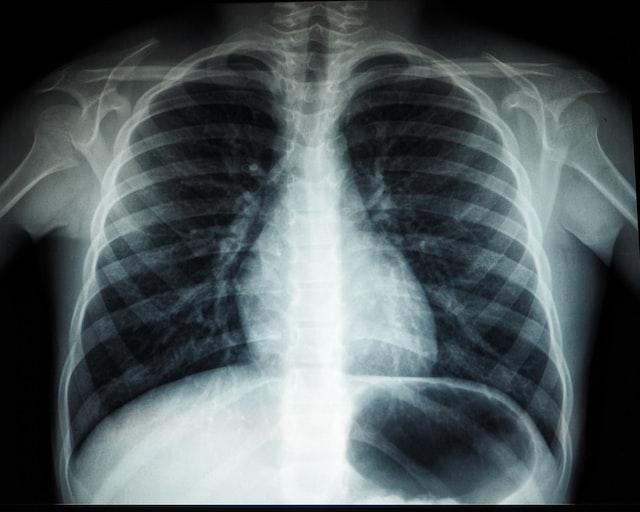X-ray technology has already dramatically changed our lives in the past – but what might be coming next? Wilhelm Conrad Röntgen accidentally discovered X-rays in 1895 while experimenting with Lenard tubes and Crookes tubes. He had no idea what type of radiation he had stumbled across, so he marked it with an X, and the name stuck.
The 20th Century saw a blizzard of technological advances that saw X-ray become vital to the medical profession. Today, medical professionals use X-rays to check for and fight cancer, detect objects within the body, locate bone fractures and arthritis, and shrink tumors. X-ray technology has already refined medicine, but how else could it change our world?

Advanced Medical X-Rays
No field of study has been as affected by X-rays as medicine, and that won’t end anytime soon. Maven Imaging already offers the latest technology on the market, but some exciting developments are on the horizon.
The MARS spectral X-ray scanner, the world’s first 3-D color X-ray, scanned its first patient in 2018 and allowed medical professionals to measure fat, water, calcium and disease markers in ways that were impossible with traditional X-rays.
Space Communication
If we are ever to set forth and send humans further than the Moon, we will need a new form of communication.
Radio communication is old news, and something faster will almost certainly supersede it. Scientists have been experimenting with X-rays as a form of long-distance transmission for a few years now. Early results suggest it can operate 10 to 100 times more efficiently than traditional radio communication. Might we even one day use it down here on Earth?
X-Ray Telescopes
Staying in the cosmos for a moment, NASA’s Imaging X-ray Polarimetry Explorer (IXPE), a space observatory using X-ray technology, launched into orbit in late 2022. It may completely redefine our understanding of the universe. X-rays appear across the universe but can only be seen in space because the Earth’s atmosphere almost completely blocks them.
It’s hoped that X-ray telescopes will allow us to view black holes and exploding stars in ways that would have been unimaginable just decades ago.
Food Irradiation
Few people would argue over the exciting possibilities of our first three points, but what is food irradiation? Essentially, this means that food is blasted with radiation, either to kill bacteria or to extend its life. The idea and science behind food irradiation remain hugely diverse, with some claiming it could be the magic ticket for future food problems. while others see it as a dangerous step towards lowering food standards.
Whatever you think about this practice, it will likely play a role, of some kind, in our future.
Final Thought
While the medical field has had a monopoly on X-ray technology since its discovery, it’s clear that may not remain entirely true in the future. As well as redefining how we peer into the human body, powerful X-ray telescopes are now looking into the depths of black holes while X-ray waves forge better communication and may even help to preserve food.
Those mysterious rays that Wilhelm Conrad Röntgen marked with a mysterious x all those years ago are set to continue changing our lives for decades, if not centuries, to come.











